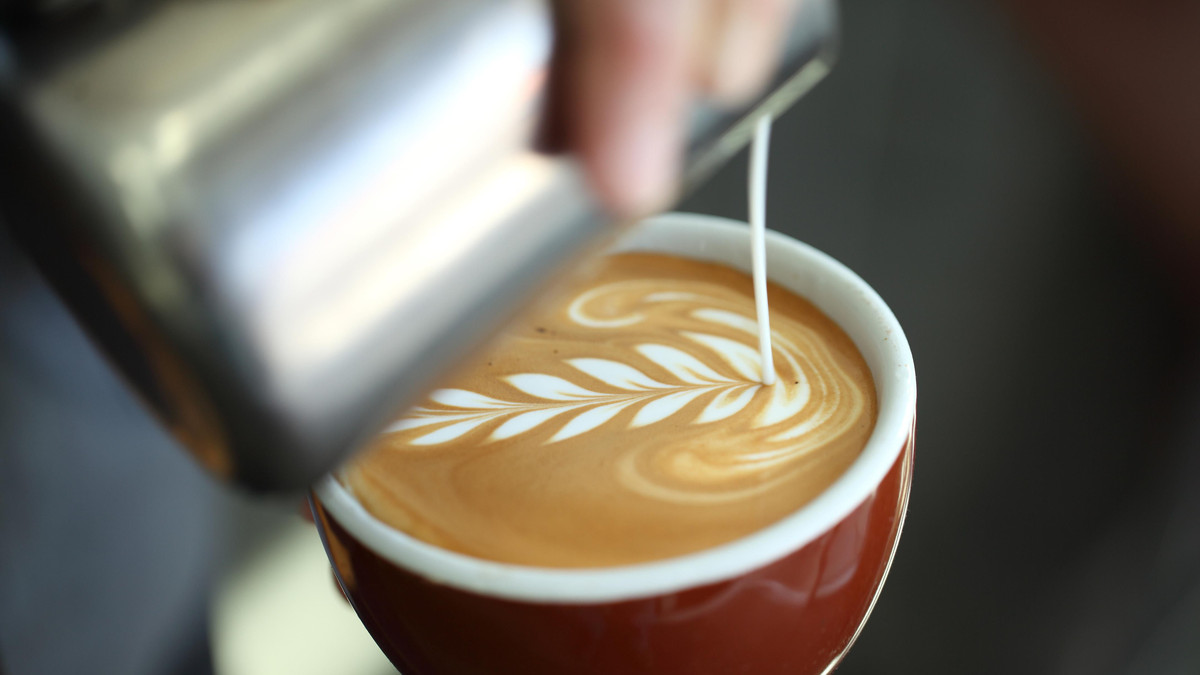Businesses large and small have an obsession with operational efficiency. It’s hard to walk the halls of an organization these days without bumping into a Lean management expert or a Six Sigma Black Belt. But what many companies fail to appreciate is that a more efficient customer experience does not necessarily translate into a more engaging customer experience.
Make no mistake, operational excellence, process streamlining, and waste reduction are critically important for any business. Whether applied to products or services, these efficiency-oriented methodologies help reduce errors, improve consistency, and facilitate continuous improvement. That’s all good for the customer experience.
However, when an organization develops a single-minded focus on efficiency, it can crowd out other, equally important experience design considerations.
Starbucks’ former Chairman, Howard Schultz, learned this firsthand when, in early 2008, he was asked by the company’s Board to return to the CEO role and engineer a turnaround. Starbucks’ stock had lost nearly half its value in the preceding fifteen months, and the financial stresses of the Great Recession were weighing heavily on the company.
One of the first things Schultz zeroed in on as part of his turnaround plan was the chain’s espresso machines – and, in a fascinating twist, his interest wasn’t even triggered by how the espresso tasted.
A decade earlier, in an effort to improve speed of service, Starbucks replaced all of its original espresso machines with upgraded, automated ones. In Schultz’s view, while the stores did indeed gain operational efficiency with these new machines, they also lost something critically important.
In his visits to Starbucks stores, Schultz realized that those new, automated espresso machines weren’t just faster, they were also taller. As a result, baristas could no longer maintain eye contact with customers as they prepared their drinks.
This was a big concern for Schultz, as it cut to the heart of the whole Starbucks brand value proposition, which was always about creating an authentic coffeehouse experience. If customers couldn’t see baristas as they made their drinks, if they couldn’t maintain eye contact, then they might as well have been getting an espresso at McDonalds or any other fast food chain that prepares beverages out of sight.
In an effort to help restore the “romance and theater” of the Starbucks experience, Schultz instructed his team to rip out and replace every espresso machine in their stores, worldwide – 20,000 in total! He commissioned a Swiss company, Thermoplan AG, to develop a new espresso machine exclusively for Starbucks, one that made great-tasting espresso but did it with a low-profile appliance, so baristas could once again see and chat with the customers they were serving.
This change, as well as other in-store experience enhancements that Schultz championed, helped Starbucks emerge from the Great Recession stronger than ever, with the company’s stock outperforming the S&P 500 Index by an over 8-to-1 margin in the ensuing years.
Now, imagine if an efficiency expert had visited those Starbucks stores, as Schultz did in early 2008. They would have looked at those high-profile espresso machines, clocked the speed of service they enabled and declared them a resounding success. While those machines may have streamlined the drink-making process, they also detracted from the ambiance that was central to Starbucks’ success – and that’s an issue that wouldn’t have even crossed the mind of a purely efficiency-minded evaluator.
It’s not just Starbucks that has recognized that the most efficient customer experience isn’t necessarily the best customer experience. How else can you explain Costco’s cavernous warehouses, where there’s no aisle signage and no in-store maps to guide customers to the products they seek?
Costco’s not about getting in and out quickly. The experience they’re trying to create is one marked by discovery and surprise – the thrill of snaking from aisle to aisle, finding all kinds of bargains, and rejoicing in the “Costco haul” that you get to take home. It’s this aspect of Costco’s brand experience that helps them cultivate intense customer loyalty, despite the fact that a shopping excursion through the store is hardly a model of consumer efficiency.
Legendary companies like Starbucks and Costco recognize that there are many facets to creating a truly distinctive customer experience. Speed and efficiency have their merits, but they also have their limits. Those attributes might make a business’ customer experience good… but not great, not impressive, not memorable.
Achieving that higher level of success demands more than just streamlined processes and operational excellence. It requires a keen understanding about the real value that customers derive from your products and services – not just on a rational level, but on an emotional one, too. And then it requires infusing your customer experience with cues and characteristics that elegantly align with that value proposition.
Be forewarned, though — following this approach may lead you down some unfamiliar paths, pointing you towards customer experience design decisions that’ll have your Six Sigma experts squirming in their seats. But that doesn’t mean they’re the wrong decisions, because the hallmark of a great customer experience isn’t that it’s efficient, but rather, that it’s enchanting.
This article was written by Jon Picoult from Forbes and was legally licensed through the Industry Dive publisher network. Please direct all licensing questions to legal@industrydive.com.
